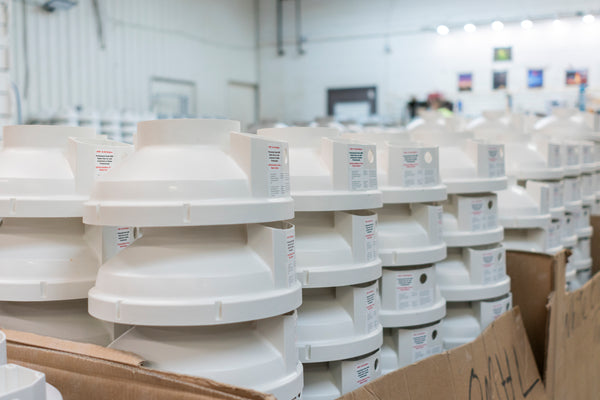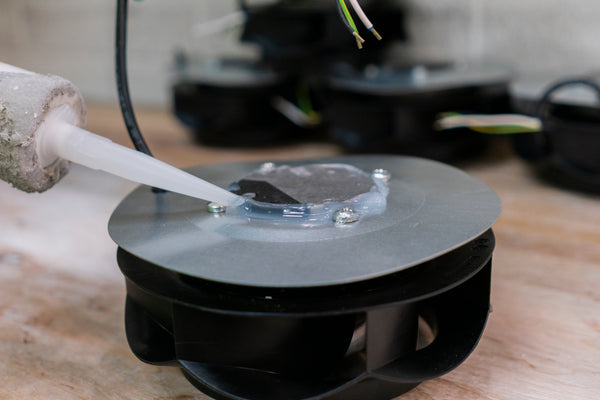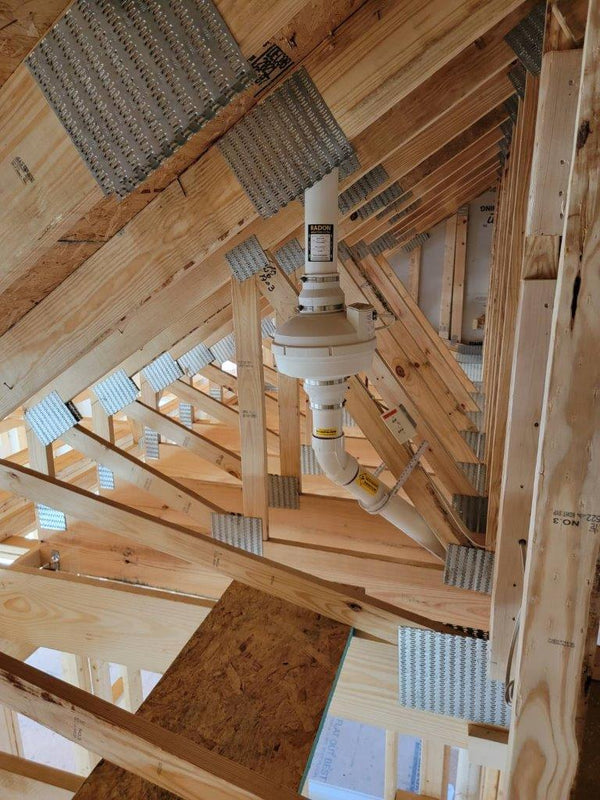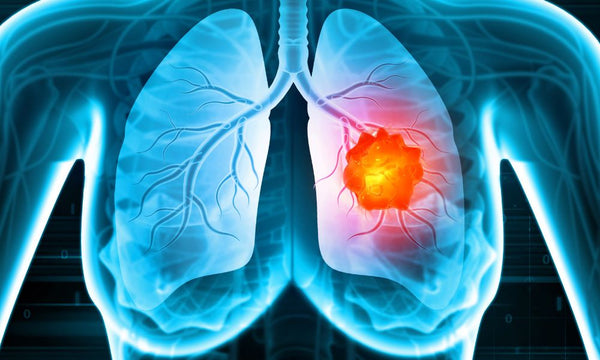
Why Exposure to Radon Can Cause Lung Cancer
Radon is a gas that results from the slow decay and breakdown of uranium deep inside the earth. Radon eventually works its way up through the soil until it breaks free and enters the atmosphere. Sometimes, the gas makes a pit stop along the way, occasionally becoming trapped inside buildings where it fills the air. It can also be present in places within the earth, such as coal mines. People may not know they’re breathing in radon until they suffer adverse health effects. Inhaling radon over a long period can cause the development of lung cancer. How does that work? Learn why exposure to radon can cause lung cancer.
Causing Lung Cancer
Radon causes lung cancer slowly. You can’t just get a whiff of radon gas and immediately contract cancer, of course. If radon particles accumulate in a space, you could breathe them in over many years and develop cancerous tissue. Genetics also has a hand in it. Some people may breathe in radon for a long time with no ill effects. Others aren’t so lucky. As the radon builds up in the body, the particles in the lungs give off low levels of radiation. This can cause lung damage and genetic mutations at the cellular level, leading to lung cancer.
No Smoking, Please
There’s no “safe” level of radon exposure. Naturally, if all the oxygen in a room were replaced by radon gas, it would be deadly. Even so, just because there are more air molecules in a space than radon atoms, that’s not a perfectly healthy situation. Radon poisoning compounded by a history of smoking or exposure to second-hand smoke is a recipe for cancer. In fact, while smoking remains one of the leading causes of lung cancer in the United States, radon exposure is the second leading cause in smokers and the first among nonsmokers. Damaged lungs are even more likely to develop cancer after years of radon exposure.
How Long?
How long does it take for radon to cause lung cancer? It could take five years, or it could take 25 years. As it stands, there’s no specific period in which radon causes lung cancer. Since radon is colorless, odorless, and tasteless, there’s no way to know if a person has been exposed without testing for it. Radon poisoning is asymptomatic, too. It may not be until the person displays the symptoms of lung cancer—coughing, chest pains, bloody sputum, shortness of breath, and weight loss—that they or their doctor will suspect radon as the cause.
What Can Be Done?
Those are a few reasons why exposure to radon can cause lung cancer. The best way to prevent it is to test for it in your home or workplace. The EPA suggests testing buildings for radon every two years. If you do detect radon, you can take steps to reduce its presence. Radon caulk can seal cracks in the foundation and other places where radon infiltrates. Also, a radon mitigation system can blow radon gas out of a structure with a fan. Contact us for more information and a consultation on testing and preventing radon from entering your home!

